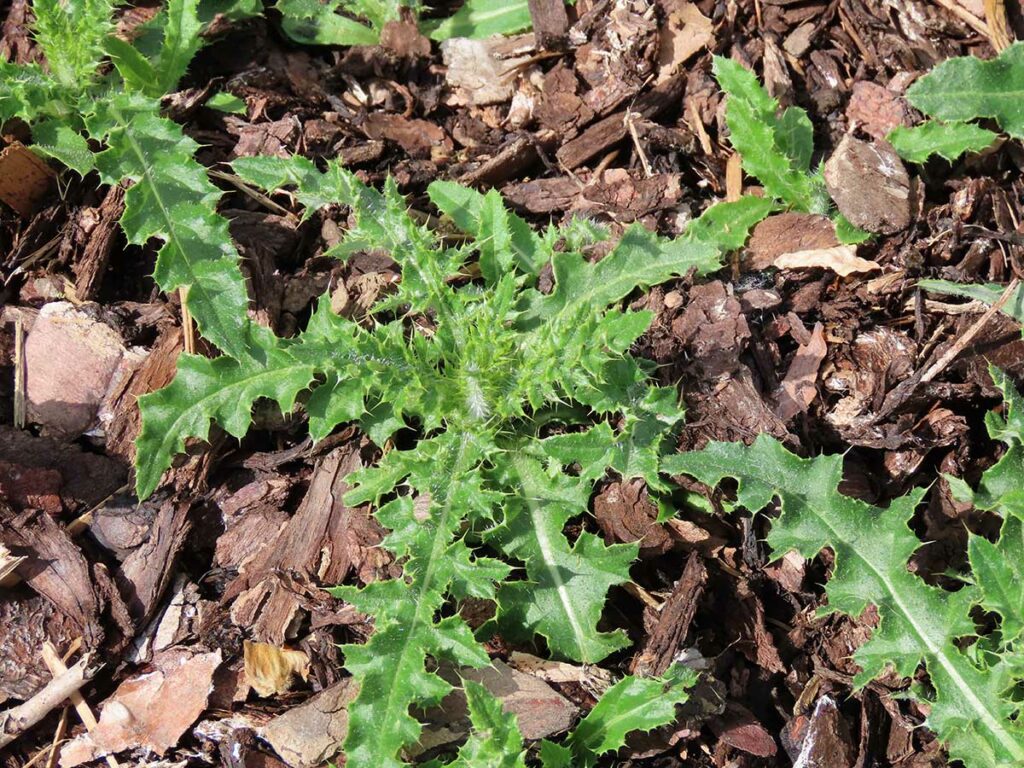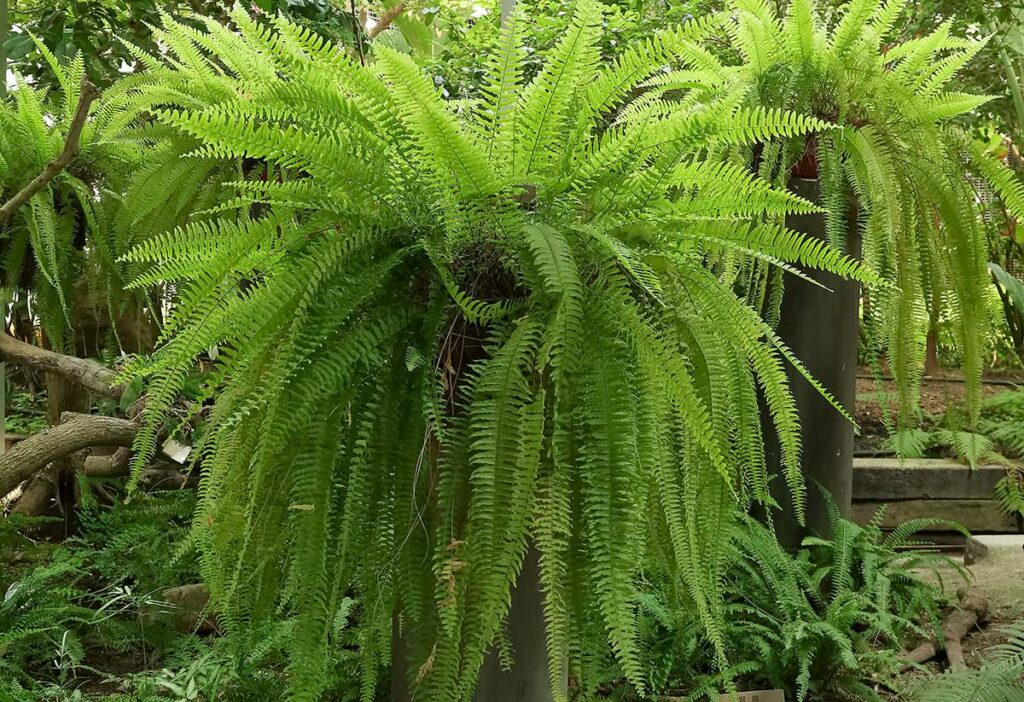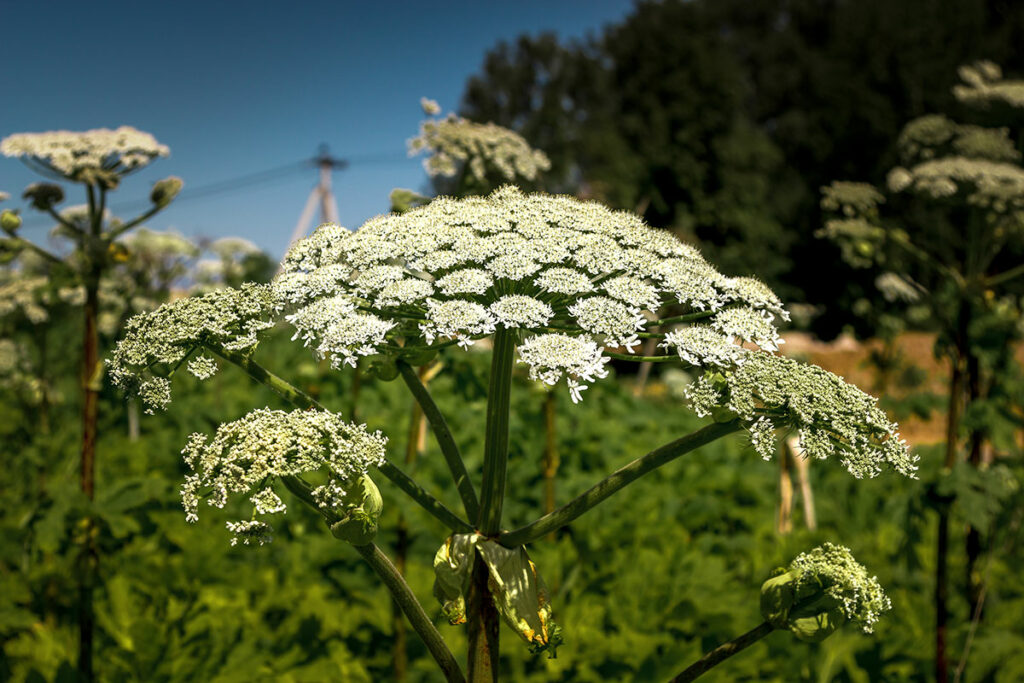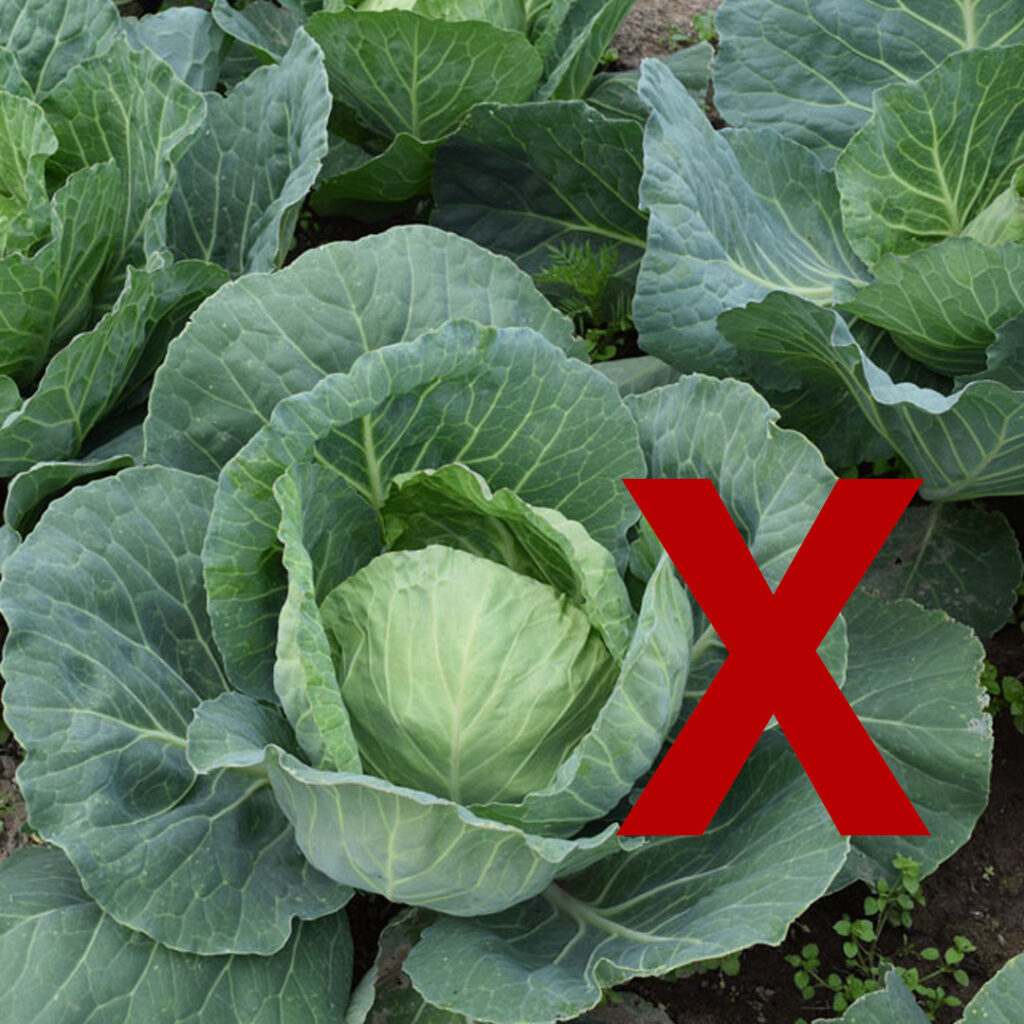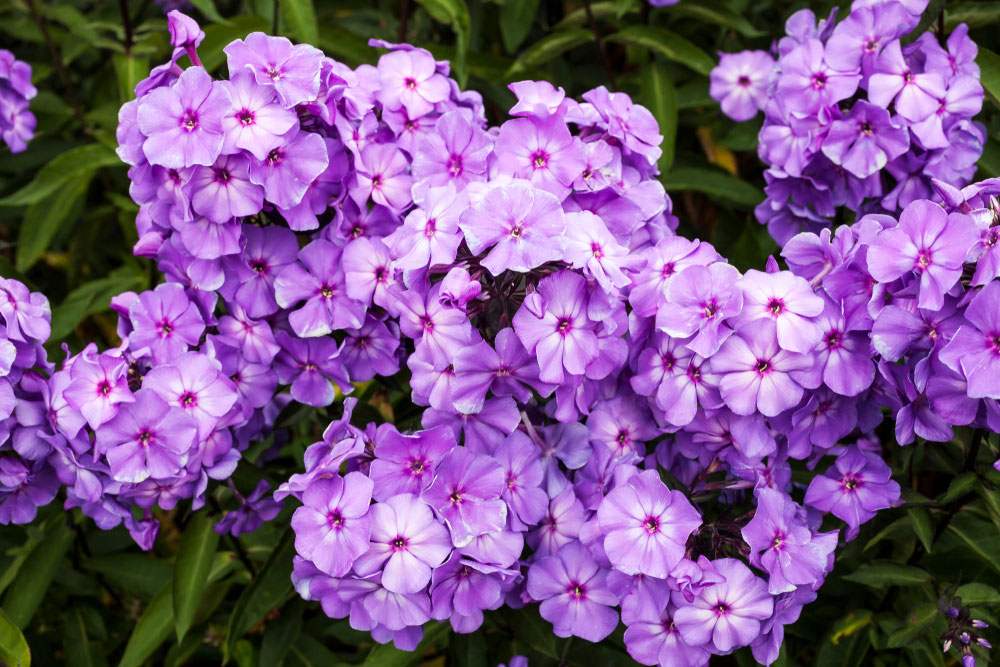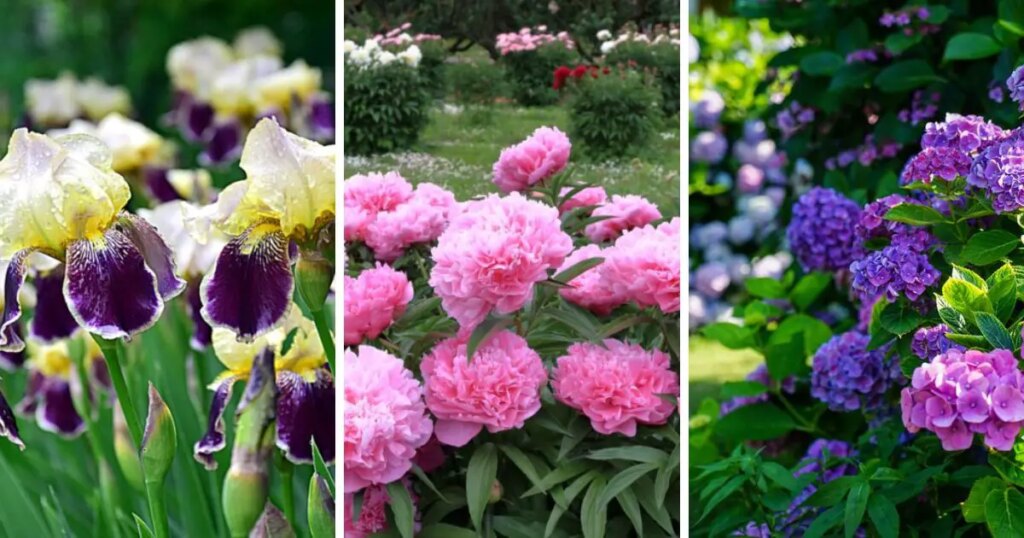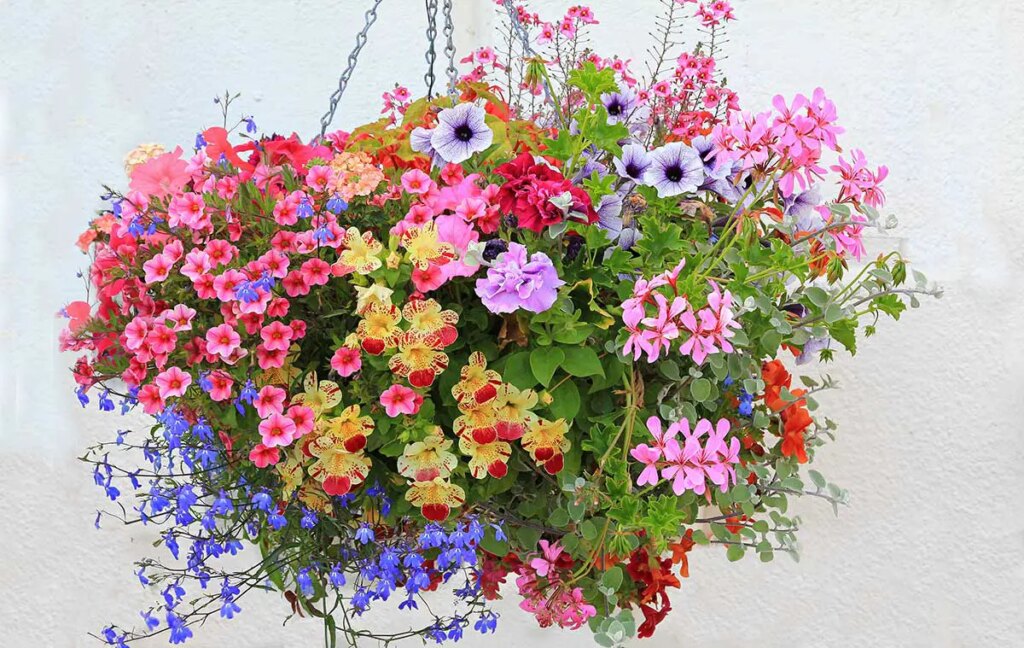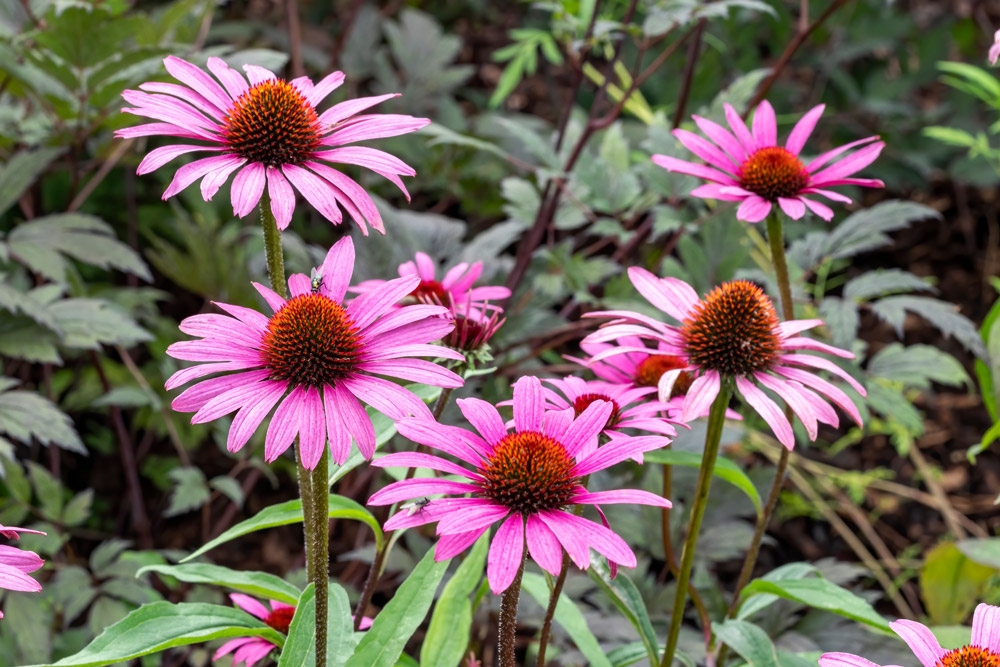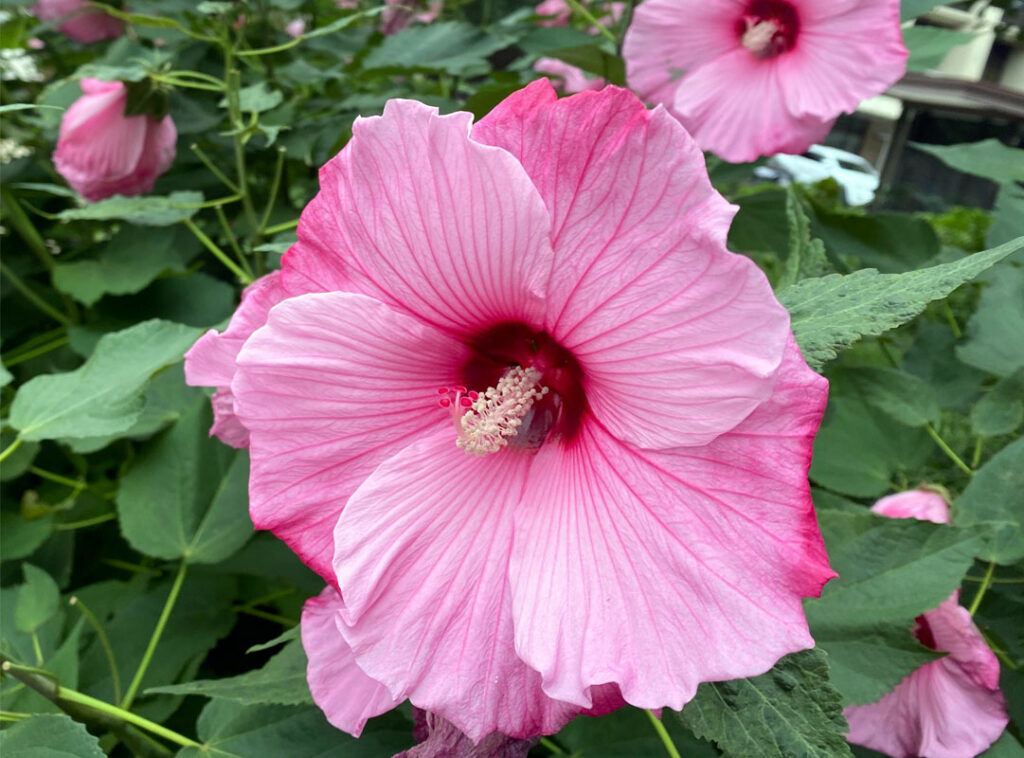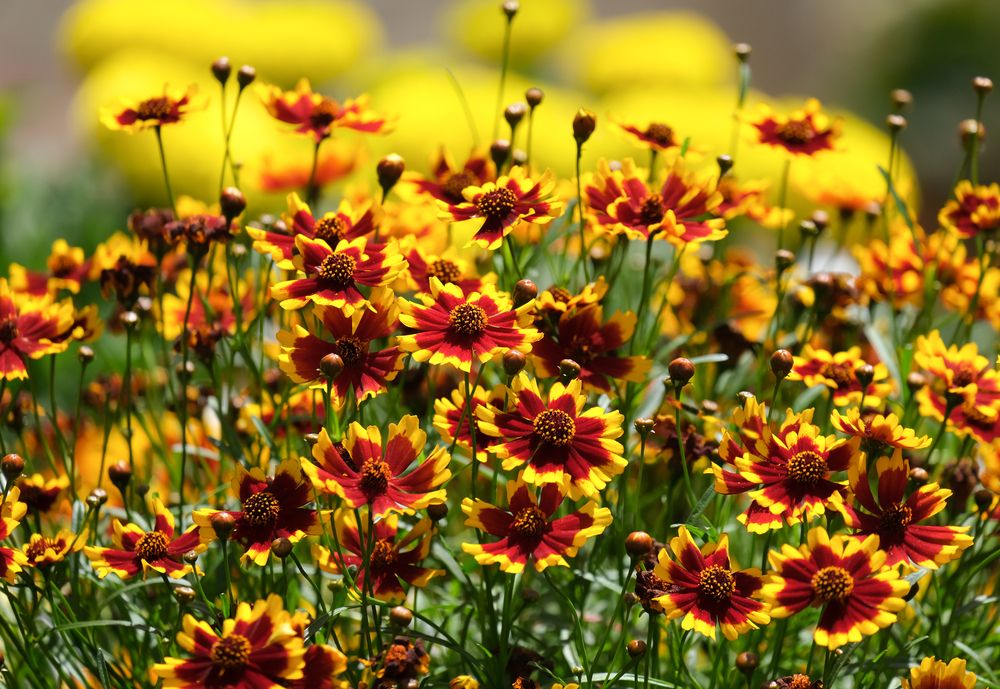
Coreopsis, also known as tickseed, is a beautiful perennial plant that thrives in many gardens due to its vibrant blooms and low-maintenance nature. As these stunners establish themselves in your garden, it’s normal to wonder when it’s the right time for dividing the coreopsis plants to ensure their vigor and healthy growth.
Dividing coreopsis is generally best done in early spring or early fall. In spring, the ideal time to divide is when you see new growth starting, typically when the threat of frost has passed.
If you’re looking to divide in the fall, plan to do it about a month before the first expected frost, giving the plants enough time to establish themselves before the winter sets in.
By dividing coreopsis at the appropriate times, you help maintain the vitality of the plants while giving new divisions the best chance to settle in and flourish during the upcoming growing season.
Understanding Coreopsis
Coreopsis, also known as tickseed, is a beautiful, easy-to-grow perennial that’s adored by gardeners for its long-lasting blooms and minimal maintenance requirements. With their bright yellow, red, or bi-colored flowers, coreopsis plants add a cheerful vibe to any garden.
When it comes to dividing coreopsis, it’s important to understand their growth habits. Coreopsis clumps will slowly increase in size over time and may become overcrowded. Dividing can not only help maintain the health and vigor of your plants, but also provide you with more plants to enjoy or share with fellow gardeners.
Different coreopsis varieties require different care:
- Perennial coreopsis: Divide in early spring or fall
- Annual coreopsis: No need to divide, as these plants only live one year
Dividing coreopsis in early spring can help the plants recover faster, as there is plenty of time for new growth before the summer heat arrives. On the other hand, dividing in the fall should be done at least four to six weeks before the first expected frost, allowing the plants to establish themselves before the winter sets in.
Lastly, a friendly reminder to water the freshly divided and replanted coreopsis after they are settled into their new locations. This would help ensure a continuous display of vibrant blooms in your garden.
Identifying the Right Time to Divide Coreopsis
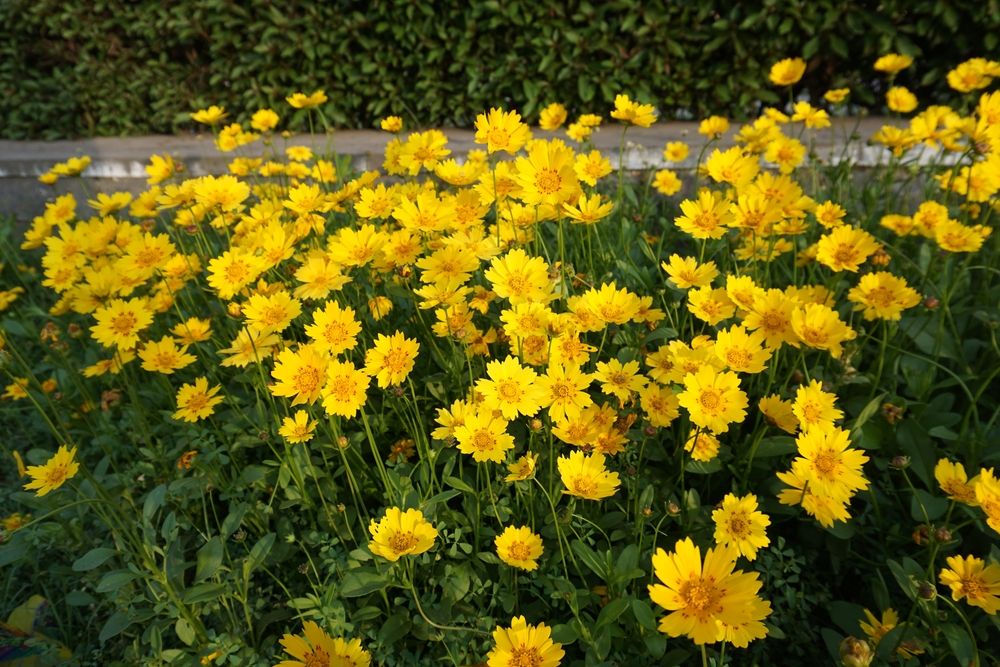
Dividing Coreopsis is a friendly approach to rejuvenate and propagate these bright and colorful perennials. The optimal time to divide Coreopsis is in early spring or early fall. During these periods, the plants are experiencing a more moderate growth rate, allowing them to recover quickly from the division process.
In early spring, be sure to divide your Coreopsis just as new growth emerges, before the plants become too bushy. This timing helps give the plants enough time to establish a strong root system before the hot, dry summer months. On the other hand, dividing in early fall gives your Coreopsis enough time to recover before the cold winter arrives. Aim for at least 4-6 weeks before the first hard frost is expected in your area.
To get the best results when dividing your Coreopsis, follow these steps:
- Water the plants well the day before you plan to divide them. This ensures the soil is moist and the plants are hydrated, making it easier to separate the root systems.
- Prepare planting holes for the newly-divided plants, ensuring they’re at the same depth the original clumps were planted in.
- Dig around the base of the plant with a garden fork or shovel, making sure to keep a good distance from the root ball to avoid damaging the roots.
- Gently lift the root ball from the ground, shaking off excess dirt.
- Separate the root ball into smaller clumps, each with a healthy amount of roots and leaves.
- Plant the divided clumps in their new locations, firming the soil around their roots, and water them thoroughly.
Remember, it’s essential to monitor the moisture level of the soil for the first few weeks after dividing and transplanting your Coreopsis, ensuring they’re adequately watered as they establish themselves in their new location. With these tips, your divided Coreopsis will thrive, providing a lovely pop of color to your garden.
Initial Steps for Dividing Coreopsis
Dividing Coreopsis plants is a great way to keep them healthy and encourage new growth. Before you start the process, there are a few initial steps you should take, such as gathering the necessary tools and measuring plant health.
Gathering Necessary Tools
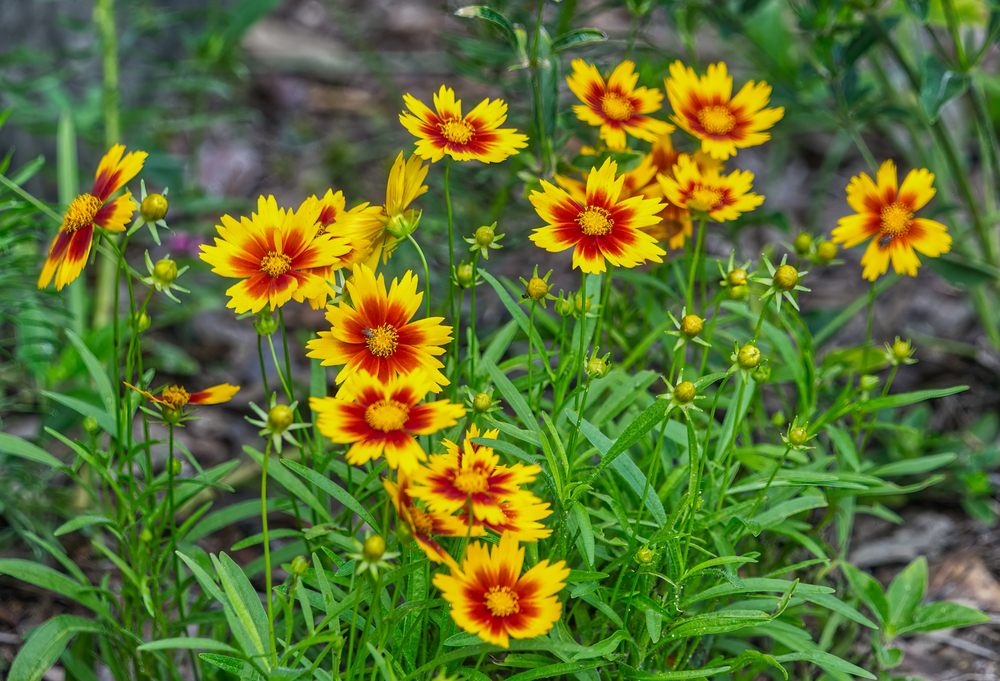
To make the process of dividing Coreopsis easier and more efficient, you will need the following tools:
- Garden gloves
- A sharp, clean garden spade or knife
- A garden fork or trowel
- A bucket or container for the removed clumps
- Some compost or organic matter for improving soil quality
With these tools in hand, you’ll be ready to assess the health of your Coreopsis plants and start dividing them.
Measuring Plant Health Beforehand
Before diving into dividing your Coreopsis, it’s essential to evaluate their overall health. Look for the following indicators:
- Vigorous growth: Healthy Coreopsis plants will display a strong growth pattern and bloom regularly.
- Age: Coreopsis species typically need dividing every 3-4 years to maintain their vigor.
- Clump size: Overcrowded plants may become less productive and may need dividing for better growth.
If your Coreopsis plants fulfill these criteria, they are ready for dividing. By following the initial steps mentioned, you’ll be well-prepared to divide your Coreopsis plants and enjoy their renewed growth and blooming.
Process of Dividing Coreopsis
Dividing coreopsis is a simple process that helps maintain the health and vibrancy of your plants. By doing this, you’re allowing for better growth and encouraging more blooms.
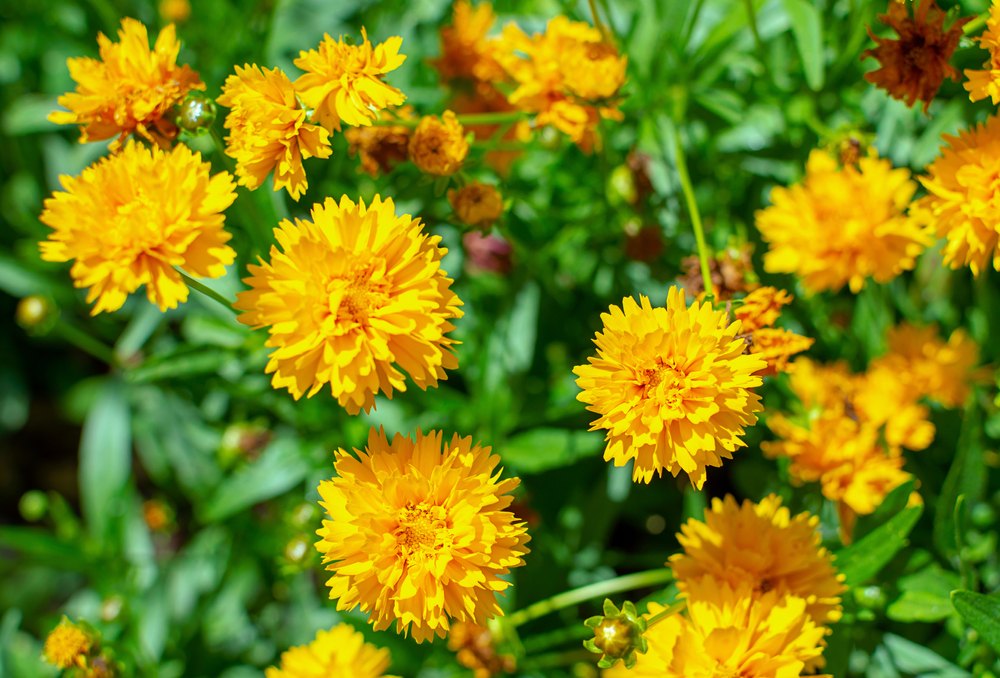
Removing the Plant
- Choose an appropriate time to divide your coreopsis. The best times are in early spring or late summer when the plant is not in its flowering stage.
- Water the plant generously a day before dividing to ease the process.
- Prepare a suitable area for replanting by loosening the soil and mixing in compost.
- Using a spade or garden fork, gently dig around the base of the coreopsis, at least a few inches away from the plant’s crown.
- Carefully lift the plant and its root system out of the ground. Be gentle to avoid causing damage.
Dividing the Plant
- Shake off any excess soil from the root system, making it easier to see the individual roots.
- Inspect the roots and look for natural divisions within the plant. Coreopsis typically forms clumps, making it simpler to split apart.
- Using your hands or a garden knife, gently separate the plant into smaller divisions. Each division should have at least a few strong, healthy roots attached.
- Before replanting, trim any damaged roots or foliage to promote healthy growth.
Now that you have your coreopsis divisions, you can plant them in their new locations and watch them flourish in your garden.
Remember to plant the divisions at the same depth as they were before and provide regular watering to ensure they settle in well.
Aftercare for Divided Coreopsis
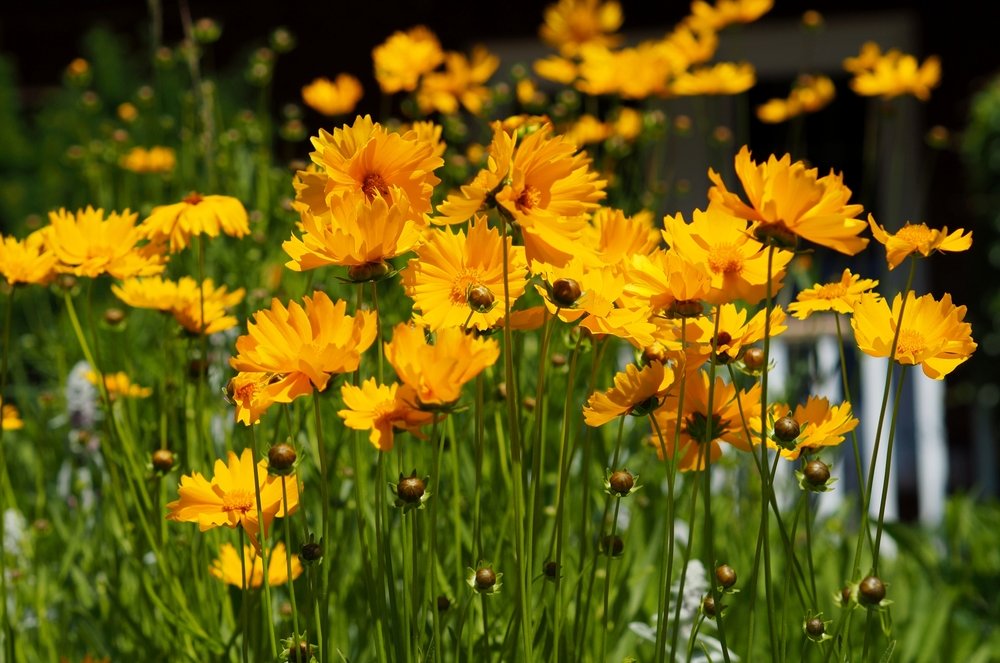
After dividing coreopsis, it is essential to provide proper aftercare to ensure healthy growth. Follow the steps described in the below sub-sections to help your divided coreopsis plants thrive.
Replanting Coreopsis
When replanting divided coreopsis, choose a location in your garden that receives full sun. Coreopsis plants prefer well-draining soil, so it’s crucial to amend heavy clay soils with compost or aged manure before planting.
- Dig a hole in the prepared soil, deep enough to accommodate the root ball of the divided coreopsis.
- Place the root ball in the hole, ensuring that the plant’s crown is at the soil level.
- Fill the hole with soil, gently firming it down to remove air pockets.
Watering and Feeding Newly Planted Coreopsis
Watering: Proper watering is essential for newly divided coreopsis plants to establish. After replanting, water them thoroughly, ensuring the soil is entirely moist but not waterlogged.
- For the first two weeks: water the plants daily, especially if the weather is hot and dry.
- After two weeks: reduce watering frequency to once every three to four days.
Feeding: To promote better growth and flowering, feed your divided coreopsis plants with a balanced fertilizer. You can use either liquid or granular fertilizers following the application instructions provided on the package label.
- Apply fertilizer once every 4-6 weeks during the active growing season (spring to late summer).
- Stop fertilizing in late August or early September to allow the plants to prepare for winter dormancy.
By following these steps and providing the necessary aftercare, your divided coreopsis plants will have their best chance for healthy growth and bountiful blooms.
Common Mistakes to Avoid When Dividing Coreopsis
Dividing Coreopsis plants can greatly benefit their growth and overall health. However, there are certain mistakes to avoid in order to ensure a successful process. It’s important to know what to look out for so your plants will continue to thrive.
1. Dividing at the wrong time: One common mistake is dividing Coreopsis plants during the wrong season. The best time to divide these perennials is during early spring or late summer. Dividing them outside these periods may lead to plant stress or poor establishment.
2. Overcrowding divisions: When you divide the Coreopsis plants, ensure each division has enough space to grow. Overcrowding can result in poor growth, as their roots will compete for space and nutrients.
3. Inadequate soil preparation: Coreopsis plants require well-draining soil enriched with organic matter. A mistake many gardeners make is dividing the plants without proper preparation of the planting site. Be sure to amend the soil with compost before replanting the divisions.
4. Dividing unhealthy plants: Prior to dividing, assess the overall health of your Coreopsis. If the plant is not growing well or showing signs of disease or pest infestations, it may be best to address these issues before attempting division.
5. Poor watering practices: Newly divided Coreopsis plants require consistent moisture to establish properly. However, overwatering may lead to root rot and other issues. Balance watering by giving your divided plants enough moisture but avoiding constantly saturated soil.
By being aware of these common pitfalls and following proper guidelines for dividing your Coreopsis plants, you will create stronger, healthier specimens with vibrant blooms.
Conclusion
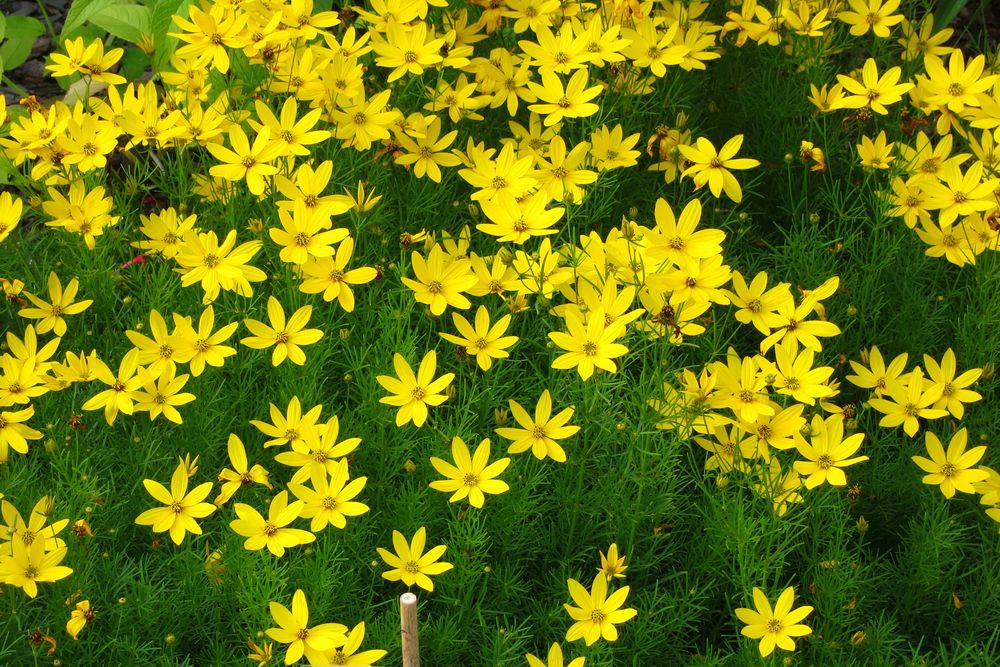
Coreopsis is a beautiful, low-maintenance perennial plant that adds vibrant color and texture to your garden. To keep it in tip-top shape, it’s crucial to divide the plant when necessary. With a friendly and approachable tone, let’s discuss the optimal time and steps to do just that.
Dividing Coreopsis is best done in early spring or late summer, as these are times when the plant is not in full bloom. The early spring division allows the plant to establish its roots before the growing season begins, while late summer gives it the chance to recover before winter arrives.
To divide Coreopsis:
- Water the plant thoroughly a day before division to make sure the soil is moist but not soggy.
- Gently dig up the entire clump, being careful not to damage the roots.
- Using a sharp, clean tool, divide the plant into two or more sections, making sure each division has a healthy root system and some leaves.
- Replant the divided plants in their new locations and water them well.
By following these simple steps, you’ll support your Coreopsis in thriving and providing a stunning display in your garden year after year. Remember, timely division will ensure the health and beauty of your beloved plant, and it’s a great way to share it with friends or expand your own garden.





